Electric Fryers vs. Gas Fryers
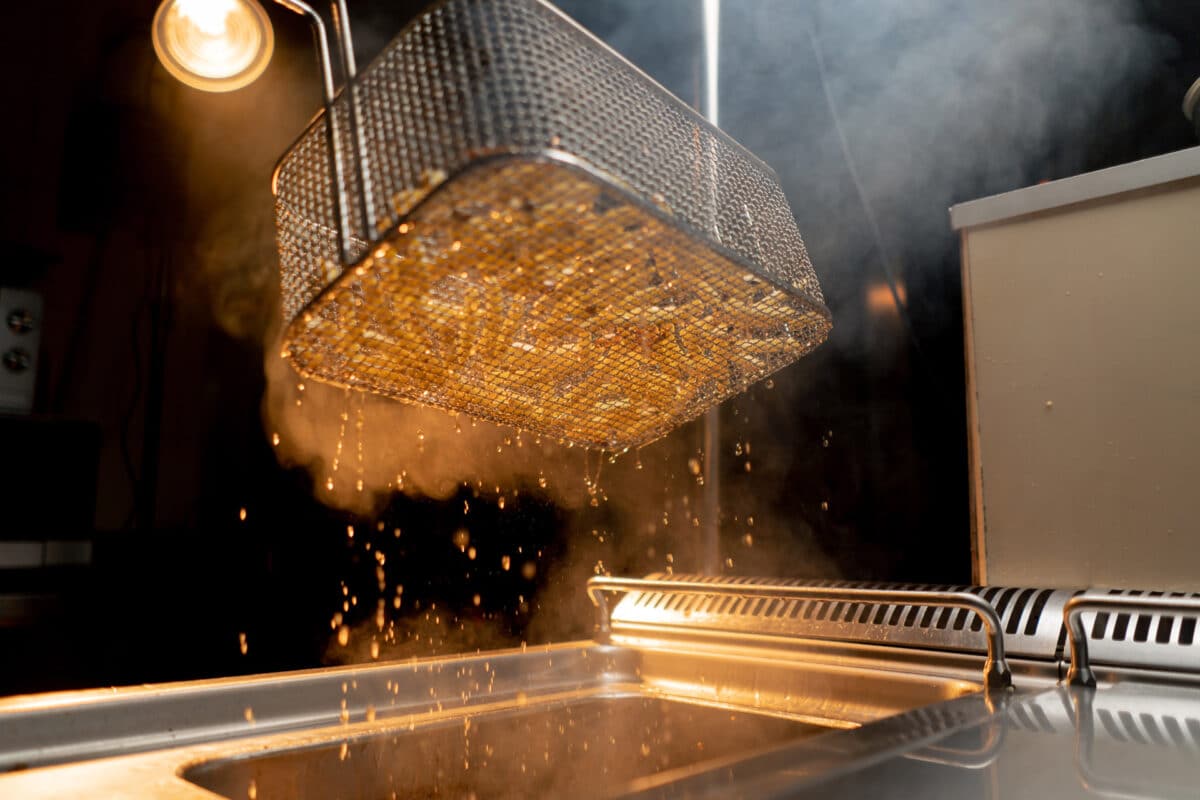
Curious about electric fryers and how they stack up against their gas-fueled cousins? You’ve come to the right place.
Electric cooking equipment is cheaper. Gas equipment is preferred by the pros. If you’ve ever bought kitchen equipment, whether for your home or for your commercial space, then you’ve probably heard these general statements from every blogger, chef, or know-it-all uncle that has spent some time in the kitchen.
But which of these power types is actually better? For a lot of kitchens, it feels like that decision was made when your place was built—if there’s a gas line installed, you’ll go with gas. No gas line? Electric it is.
This question comes up a lot for ovens and ranges—you likely already have a preference in those two worlds. It’s a totally different game for deep fryers. Since these aren’t directly heating your food, but rather heating oil, your preference for gas or electric here might change completely.
In this article, we’ll explore the advantages and drawbacks of both as they relate specifically to the world of deep fryers and help you decide which is best for your setup.
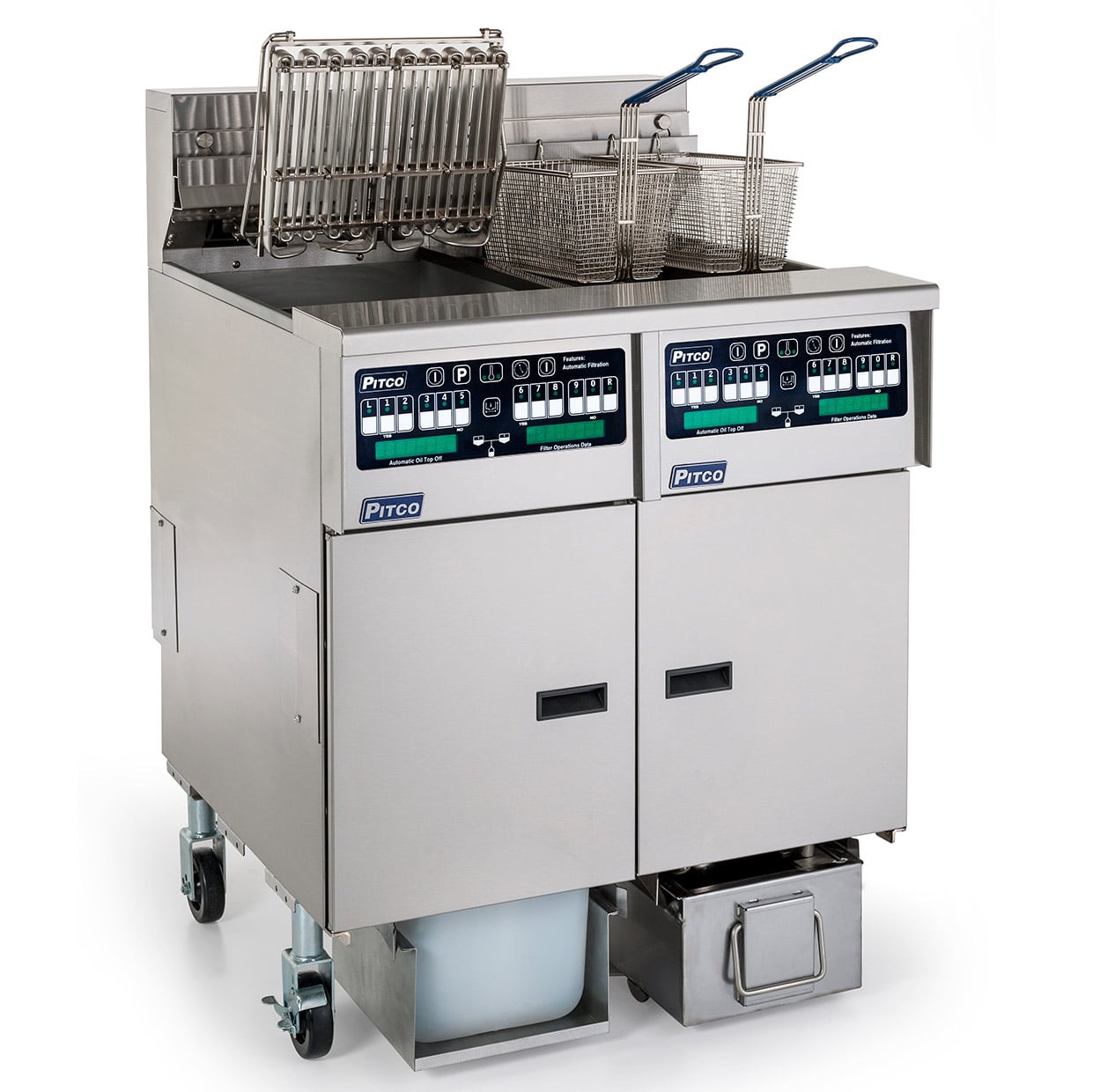
Electric Fryers
| Pros | Cons |
| Precision Control | Slower Start-Up |
| Easy Installation | Expensive Fuel |
| Less Maintenance | Circuit Upgrades |
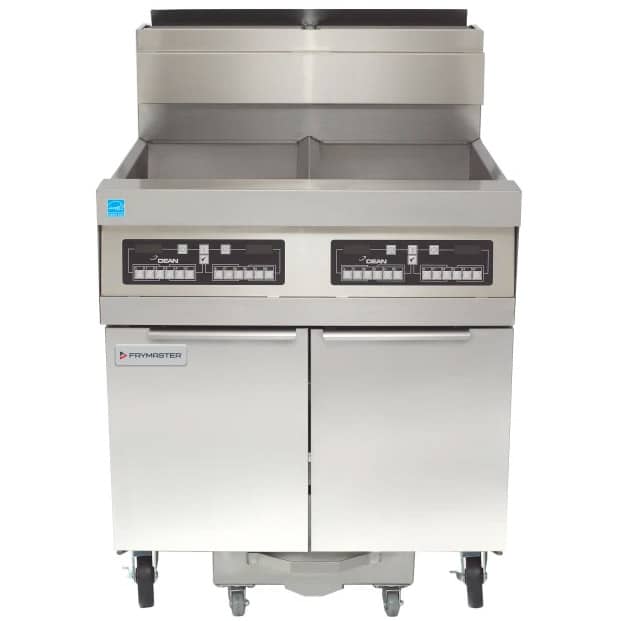
Gas Fryers
| Pros | Cons |
| Quick Start-Up | Costly Installation |
| Cheap Fuel | Little Mobility |
| Better Reputation | More Maintenance |
When comparing the strengths of each type, it’s clear that the best option for you might not be the best option for another chef. The differences come down to how your unique situation ranks traits like Temperature, Installation, Maintenance, Fuel, and Reputation.
Temperature
Gas fryers
Gas fryers will get up to temperature faster, but have slower temperature recovery between batches. This is a result of the oil vat design—gas heats the outside of the vat, while electric is directly submerged with the oil inside the vat.
Advanced gas fryers, like the HD Series from Frymaster, solve the temperature recovery issue with automatic reheating, reacting instantly to the drop in heat.
Electric fryers
Although they take a little longer to initially heat up, electric fryers are overall the best for large batches and busy service. With the heat source directly in the oil, the fryer will recover temperature much more efficiently.
In addition to heating oil more quickly, fryers like the Solstice™ Reduced Oil Floor Fryer line from Pitco® are designed to use 40% less oil—and heating less oil means an even quicker recovery.
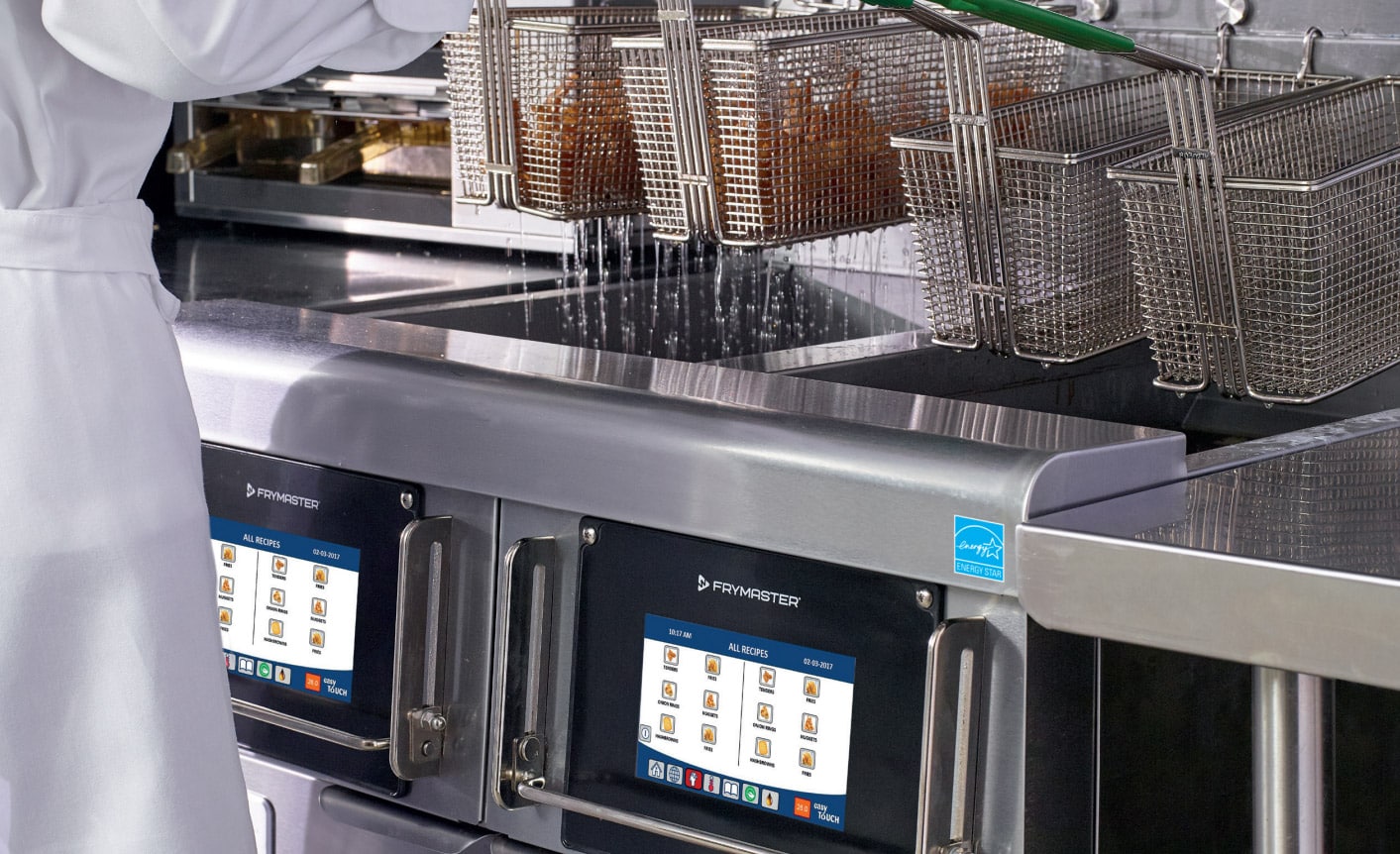
Installation
Gas fryers
Gas equipment requires gas lines. While connecting to a propane tank instead of a natural gas line offers some mobility, there are still hoses and regulators that aren’t even a factor for any electric fryer. For those hoping for a blend of countertop mobility and gas power, Pitco has a variety of models available.
Every kitchen should have some ventilation, but gas fryers require a more complex version. They need a cut-off valve which will instantly turn off the gas if the ventilation fails.
Electric fryers
Electric fryers can be plugged in most anywhere as long as adequate power is available. Additional outlet and circuit work may be required for your building to handle your fryer power, and the extra electric usage might do a number on your monthly bill.
Because electric outlets can exist pretty much anywhere, and because these fryers put out so much less heat, electric fryers will always be a favorite of on-the-go or cramped kitchen spaces. For cost-effective, on-the-go fryers, Globe has the perfect solution.
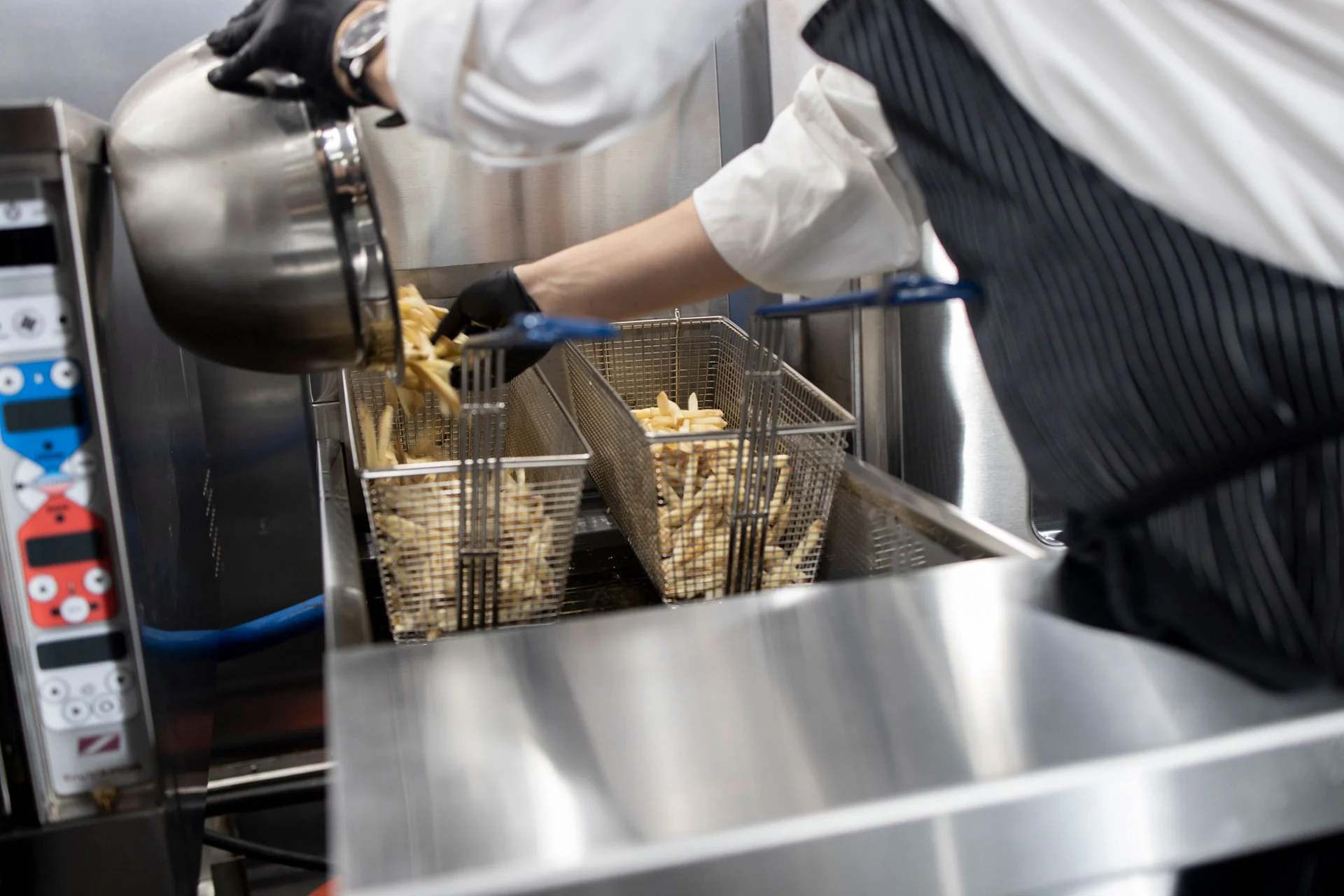
Maintenance
Gas fryers
Gas fryers tend to need more cleaning than their electric counterparts in order to keep those burners and tubes free of buildup and debris. This can result in higher upkeep costs and more downtime for cleaning.
Maintaining clean oil during your service can be a major pain, but luckily Frymaster has a wide range of deep fryers that make oil filtration as simple as possible.
Electric fryers
Electric fryers have accessible heating elements fully submerged in the oil pot. With immediate access to those elements, they’re much easier to clean than gas models.
Quick and easy oil changing and filtration from Frymaster isn’t limited to its line of gas equipment: they offer plenty of electric fryers that handle this work with the push of a button.

Fuel
Gas fryers
While all of us with gas and electric bills at home can see that gas is generally cheaper than electric, only about 30–40% of that heat transfers to the oil and into your food.
Poor heat transfer means that there is a lot of fuel burning to keep gas equipment hot—and much of that heat is transferring to your work space. If working in a tight kitchen during the summer heat, it can take a lot to keep your space cool when using gas equipment. Thanks to its millivolt control system, Vulcan fryers offer a high level of temperature control.
Electric fryers
Electric energy, while more expensive than gas, is considered the eco-friendly option due to its greater ability to transfer heat. The heat source is directly submerged in oil, which cuts lost energy to a minimum.
Because of this transfer efficiency, the oil in electric fryers can burn hotter. This means that you’ll need to change your oil more frequently than in a gas fryer. For the easiest way to remove old oil in an electric countertop fryer, the CAYENNE® Series from Vollrath places the drain spigot at the front of the unit.
Reputation
Gas fryers
It’s no secret that gas equipment, across the board, is the default preference of many chefs. With the ability to blast their heat source, these chefs feel more in control of their cooking process. American Range offers a straightforward, hot-burning range of gas fryers for those chefs looking to heat things up in both large or small kitchens.
While this preference doesn’t hold up as well for fryers as it does for ranges and ovens, one fact helps gas keep its reputation here more than any other: there aren’t many cheap gas fryers. Electricity is generally safer, so home fryers and portable units can made with cheaper, flimsier parts vs. gas equipment by virtue of fewer safety restrictions.
Electric fryers
Electric fryers are often less regarded than gas fryers because they run somewhat cheaper than gas fryers of a similar spec range.
While some light-duty models may be cheaply made—manufacturers will always cut cost when offering affordable models—electric fryers are usually cheaper because they are less complex. Firing up an electric fryer is as simple as plugging it in and hitting the Start button. With more safety regulations surrounding gas usage, gas fryers will generally cost more upfront. For the most technologically advanced electric fryers that never give an impression of being cheaply made, Pitco® has you covered.
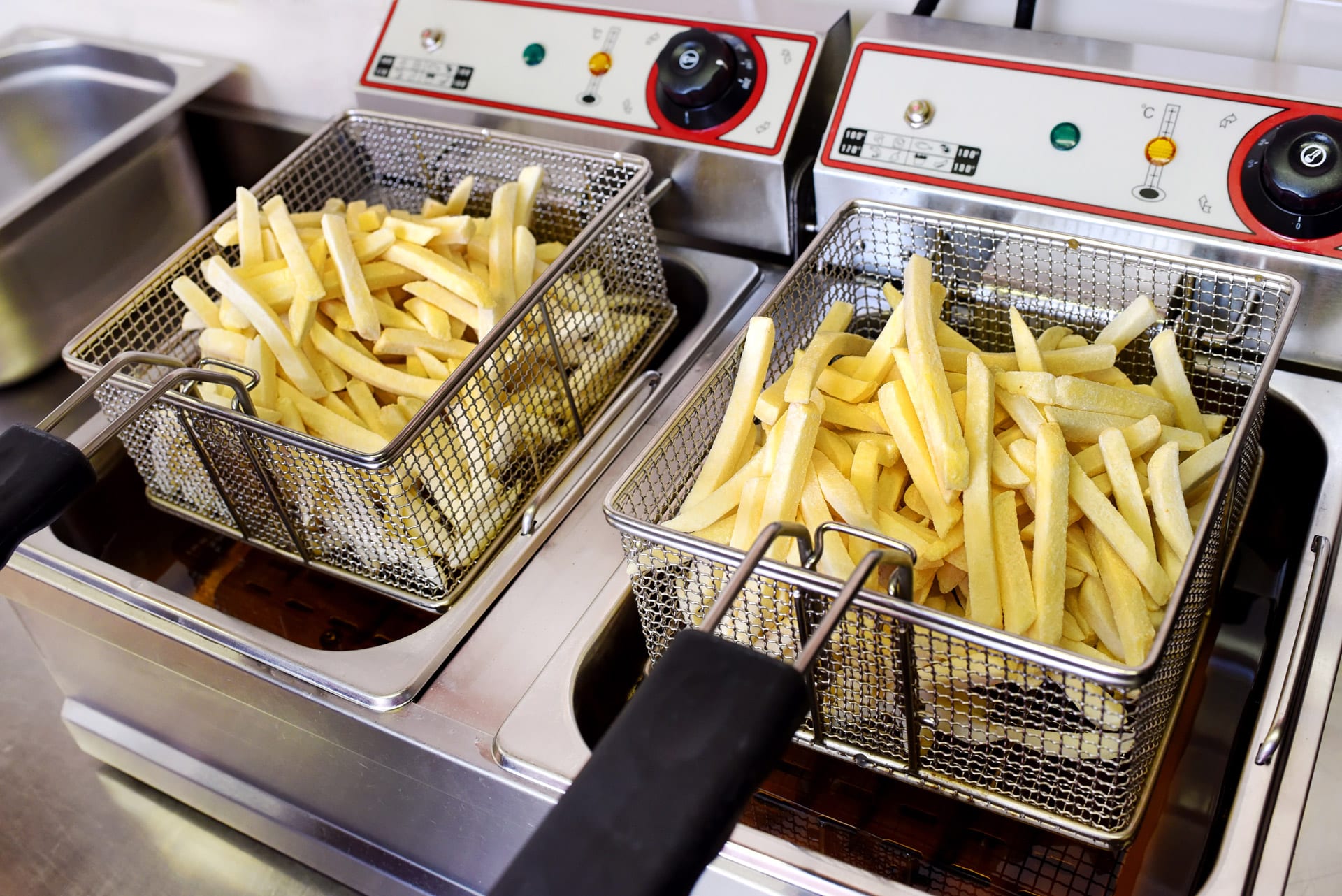
Wrap-Up
The best fryer for your foodservice really comes down to adaptability—which type of fryer is easiest for your service to adapt to?
- If your brick-and-mortar location doesn’t have a gas line installed, then it’s easier to use electric deep fryers.
- If your kitchen has gas lines and ventilation installed, gas fryers are an easy addition to your space.
- If your foodservice is on-the-go, then an electric countertop fryer is almost certainly your way to go.
- If deep frying isn’t the primary focus of your menu, using gas can be an easy way to save a few bucks on energy costs.
- If you want green energy and potential energy-efficient rebates, then electric fryers are the choice for you.
